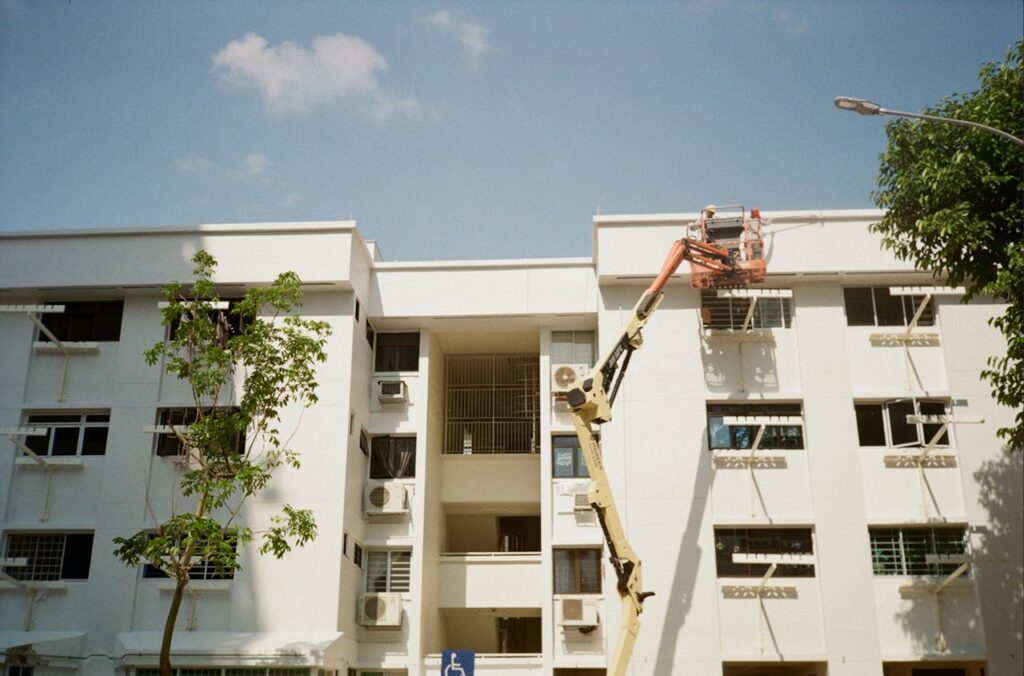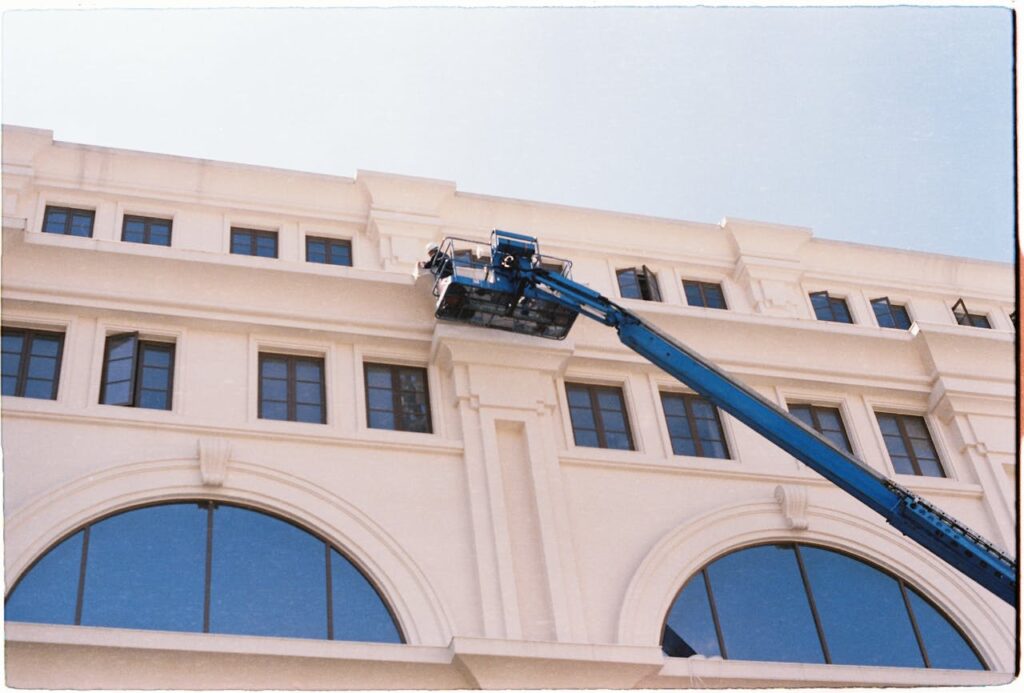Running a business often means choosing smart tools. A skylift becomes essential when your work requires lifting people or objects to great heights. Deciding whether to rent or buy a skylift can significantly impact your financial plans and operational efficiency. Each option has its own implications for your budget, team, and daily tasks.
When you take a skylift for rent, it frees you from the burden of maintenance and large upfront costs. Buying one, however, may be cost-effective if you use it frequently, though expenses accumulate over time. This blog explores the pros and cons of buying vs. renting lift equipment, compares costs, and helps you make the smarter choice.
Financial Flexibility – Budget and Capital Allocation
Your business needs money to operate, grow, and complete jobs. Choosing between renting and owning equipment impacts your spending and savings. This section explores how these options affect your budget and cash flow.
Upfront Capital Investment
Buying a skylift requires a large upfront payment.
- You allocate a significant portion of your budget to own the machine.
- This money can’t be used for other business needs, such as hiring staff or purchasing tools.
- It takes a long time to recoup the full value of the investment.
Buying may strain your cash flow if your company operates on a tight budget.
Predictable Monthly Costs
- Renting provides a fixed monthly payment.
- Steady rental payments make budgeting easier.
- Rental costs often include support, reducing unexpected expenses.
You retain more cash to address other business needs.
Renting a skylift is often a better fit for teams that prefer stable spending and fewer financial concerns.
Asset Depreciation
Owned equipment loses value over time.
- The longer you keep your skylift, the less it’s worth.
- Your balance sheet reflects the declining value of the asset.
- Selling used equipment takes time and effort and may not yield much return.
Renting helps you avoid depreciation and focus on your work.
Maintenance and Operational Responsibilities
Keeping tools in good shape takes work, money, and time. Owning means you handle maintenance while renting means the provider handles it. This section explains why renting may save you time and energy.

Reduced Downtime Risk
Rental tools are often ready to use.
- The provider regularly maintains and inspects the machines.
- If something breaks, they replace it quickly.
- Your team can keep working without delays.
With less time wasted on broken tools, your projects progress more smoothly.
No Maintenance Costs
Owned skylifts require frequent upkeep.
- You must pay for inspections, parts, and repairs.
- Skipping maintenance leads to breakdowns and delays.
- You might need to hire additional staff to manage it.
When you take a skylift for rent, these tasks become the provider’s responsibility, giving you more time to focus on the job.
Storage and Insurance Savings
Owning equipment requires storage and protection.
- Renting eliminates storage needs between jobs.
- You also avoid insurance costs when the equipment isn’t in use.
- No extra space or staff is needed to manage the machine.
Renting keeps your worksite cleaner, simpler, and more cost-effective during slower periods.
Duration and Frequency of Use
How often you need the skylift affects your choice. Renting fits some needs. Buying fits others. This section looks at how time and frequency guide your decision.
Short-Term or Irregular Use
Renting works best when your needs aren’t daily.
- It lets you get what you need when you need it.
- You won’t waste money on tools sitting unused.
- It’s perfect for one-time or small jobs that change often.
If your projects come and go, renting a skylift may cost less overall than owning one.
Long-Term or Daily Use
Owning can make sense if your use stays steady.
- No need to wait for rental gear to arrive.
- You always have the skylift ready on-site.
- Costs may drop the more you use it daily.
Still, you must remember the upkeep and money tied to the purchase.
Usage Flexibility
Renting lets you switch models based on the job.
- You pick taller or shorter lifts as needed.
- You match tools to exact job types.
- Indeed, you avoid using the wrong size or model.
Buying vs renting lift equipment means checking if you’ll need different sizes or styles over time.

Cost and Investment Evaluation
Looking at the full price is key to your decision. This section provides a detailed lift equipment cost comparison so you can choose wisely and spend efficiently.
Purchase and Ownership Costs
Ownership costs go beyond the initial purchase price.
- You’ll need to account for licenses, taxes, and long-term repairs.
- Machines break down, and parts wear out over time.
- Breakdowns can delay projects and lead to unexpected expenses.
Look beyond the upfront payment and consider all additional costs over the years.
Rental as a Service Expense
Renting shifts costs from investment to simple spending.
- These payments appear on monthly bills, not long-term balance sheets.
- You avoid paperwork for taxes or depreciation.
- Rentals may qualify as write-offs in many cases.
This keeps your financial planning simple and your spending consistent.
Risk Management
Ownership means facing changes in value and condition.
- Rental services replace worn or broken equipment.
- You avoid unexpected repairs and wasted time.
- No stress over declining market value.
The cost of a skylift rental may seem higher upfront, but it often eliminates hidden risks.
Conclusion
Choosing the right skylift solution can transform how your business operates, grows, and profits. If your projects vary frequently or you don’t need a lift daily, renting a skylift likely offers greater value, less stress, and better cost control. Owning a skylift makes sense when your workload is consistent and demand remains steady. However, renting frees up your budget, provides access to the latest equipment, and reduces maintenance and tracking responsibilities. A cost comparison of lift equipment shows that smart spending depends not just on price but also on how well the equipment suits your needs.
Evaluate your team’s workflow carefully. Consider your project requirements and how often you’ll use the equipment. Make a decision that boosts productivity while minimizing hassle.
